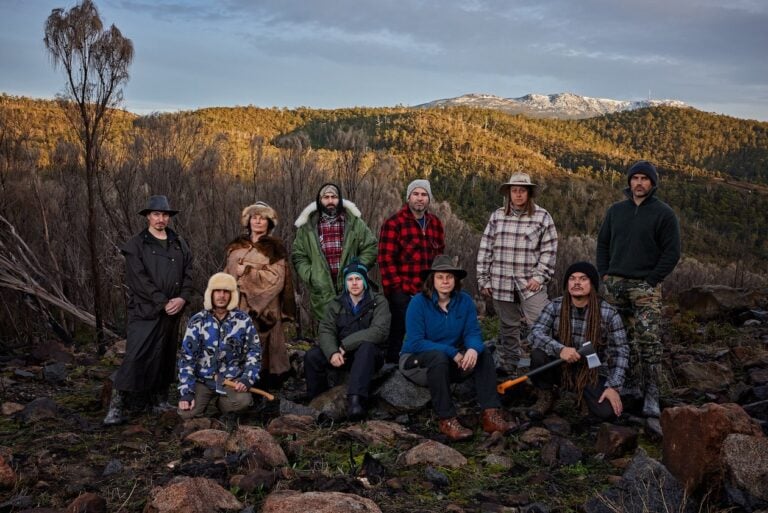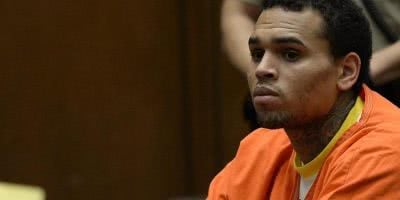Do you think you have what it takes to survive in the remote wilderness on the west coast of Tasmania, entirely alone?
With most reality competition formats – whether it’s Survivor or The Amazing Race – a large portion of viewers smugly watch the screen and think they could thrive, or at least survive, in the experience, but Alone Australia is an entirely different proposition.
The whole time the survival contestants are out there, anything could kill them, stresses Riima Daher, executive producer from ITV Studios Australia. And while there is a 24/7 production and emergency team, ready to intervene in cases of distress or disaster, there are certain qualities and capabilities which make an ideal Alone Australia contestant.
The starting point, says Daher, is competency. The production team has to have some base level of base-level confidence that the person can keep themselves alive.
“From there, it was really important to us that they were ethical operators and they had a genuine respect for the land and a love of the experiment,” Daher tells Variety Australia.
Plus, in the cut-throat world of television, you also need to be entertaining to survive.
“We’re still making a television show, as much as this is a documentary series about an experiment, we still need the television element to be there. So we needed people who were engaging, who caught our attention somehow. Good communicators was really important, obviously, that they’re happy to speak and can speak and tell us what they’re doing.
Love Film & TV?
Get the latest Film & TV news, features, updates and giveaways straight to your inbox Learn more
“But we needed people who know themselves and are comfortable being vulnerable, because this series is just as much about learning about the failures as it is about the successes. So a willingness to be raw and honest are vital in the people that we are speaking to. And a sense of humour. You really needed that resilience to get through this experience.”
Plus, there’s the practical and technical elements.
Contestants on Alone Australia have to not only tell their own stories, but also essentially film and produce those narratives themselves.
This involves lugging around approximately 70 kilograms of tech and camera equipment to ensure they capture their experiences and emotions.
The Alone Australia Season 1 contestants were trained by documentary maker and storyteller Tim Noonan who has self-shot documentaries in remote conditions.
“We know we’ve cast people who can talk,” Daher says. “And who can explain what they’re doing as they’re doing it and can story tell and understand and respect documentary as an art form.
“But then teaching them how to do it, you have like a compression session inside a pressure cooker. Four days of the one-week boot camp… was spent on storytelling and how to use the tech.
“So, really, you just… throw the best possible resources at it and then you cross your fingers. The rest is luck, and thankfully, we got some content back.”
Season 1 of Alone Australia is currently screening on SBS and SBS on Demand.


































